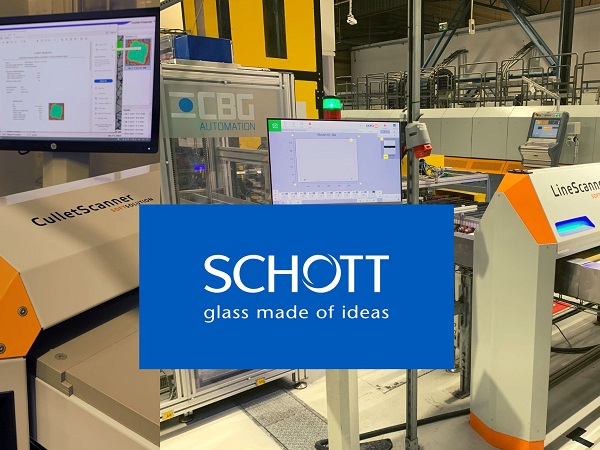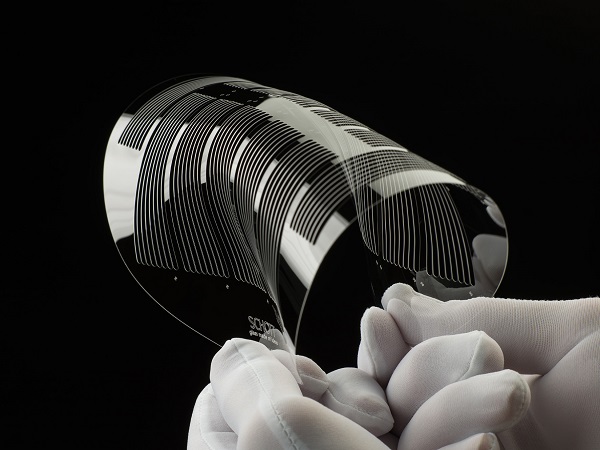Date: 11 March 2014
Both companies demonstrated in a series of tests that their new displays satisfy all safety requirements imposed by the automotive industry, and protect occupants of vehicles against cutting injuries.
Navigation and entertainment screens in cars are becoming ever-larger and are meanwhile the central control point. For the protection of the displays, many manufacturers consider using glass. It gives a pleasing surface feel and a high-quality impression as expected by users of tablets and smartphones, and more and more car drivers, as well. A series of tests conducted by the manufacturer of special glass SCHOTT and the adhesive expert DELO has demonstrated that a combination of high-strength aluminosilicate glass and special adhesives complies with the safety standards of the automotive industry.
.jpg)
The two project partners tested how completely bonded displays behave in a crash compared to conventional displays with an air gap between glass cover and LCD. For this purpose, they conducted head-on crash tests by the criteria of the international ECE R21 standard in which a steel ball with a weight of 6.8 kg impacts on the displays with a speed of 24.1 km/h.
In the tests, the standard displays were completely destroyed by the steel ball and hundreds of glass splinters were blown off in all directions by the impact. In contrast, only the inner liquid crystal display of the completely bonded displays with the special SCHOTT glass broke. The glass covers remains completely intact, which protects the passengers against cutting injuries.
.jpg)
High-strength special glass and flexible high-tech adhesive
For the tests, the floated aluminosilicate glass Xensation® Cover made by SCHOTT was used. This glass type is especially suitable for displays thanks to its high strength. The gap between display and glass cover was filled with a special DELO adhesive. This bonding increases the durability of the composite and its resistance to oscillations and shocks.
The adhesives used are highly flexible and optically completely transparent. In addition, they pass the thermal, humidity and UV yellowing tests of the automotive industry. Their index of refraction is adapted accordingly. Therefore, they clearly reduce disturbing reflections and provide strong contrast. The adhesives can be light-cured within just seconds, taking account of the short cycle times demanded by automotive manufacturers.
High passive safety required
Data of the World Health Organisation (WHO) show that seat belt use in the backseat is compulsory in only 111 countries, excluding the United Arab Emirates or the US states of New York and Michigan. What is more important than the legal provisions is the acceptance of belts. Germany, with a use rate of 97 percent in the backseat, is a positive exception. The USA reach a quota of 70 percent. Russia (8 percent), the Emirates (5 percent) and Mexico (4 percent) trail way behind. Unbreakable displays protect both, backseat passengers and front seat occupants against severe cutting injuries.
You can view a video of the crash test on YouTube: http://youtu.be/akI9xrIMBL8.







Add new comment